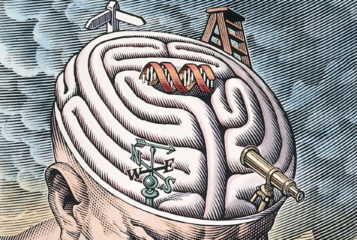When the story of the Nash family hit the headlines two weeks ago, most media commentators seemed supportive of their use of embryo selection to have a disease-free child who was also a tissue match for his older sibling. But then, the next day, the story of the Mastertons emerged: a couple who would like to use embryo sex selection to have a female child, after their only daughter died in a bonfire accident.
Public opinion (as much as it can be inferred from media commentary) seemed to be clear: the Nashes were to be applauded because their request was a medical one. But the Mastertons were derided by nearly everyone for seeking sex selection for what looked like social reasons. All seemed pretty clear: medical reasons are good, but social ones are bad. And then along came a Spanish couple to put the cat amongst the proverbial pigeons.
The unnamed couple have had embryo selection to avoid haemophilia not in their own children, but in their children's children (see 'Screening for healthy grandchildren' for more details). Thus, their reason for having the procedure is not entirely medical, since their own children are not at risk. But was their request for treatment social either?
These three cases show that hard and fast rules in reproductive technologies often fail to account for the nuances of real life. For it turns out that Mrs Masterton, having undergone a sterilisation, will require IVF to conceive anyway. So, given that she is already having the invasive procedure in order to get pregnant, would requesting that the embryos she does have transferred are female be so very different from the case of the Spanish couple - or even the Nashes? Such matters are rarely black and white - for scientific and ethical reasons - so was it wise to have completely ruled out all 'social' requests for sex selection?
The HFEA (the UK's IVF regulator) is currently deciding whether further regulation of embryo screening technology is warranted. They have already outlawed sex selection for anything other than avoiding a gender-linked condition. After the experience of the past few weeks, it would seem sensible to avoid drawing up hard and fast rules. Instead, a flexible framework of regulation that allows for life's little complications is the right way forward.





Leave a Reply
You must be logged in to post a comment.